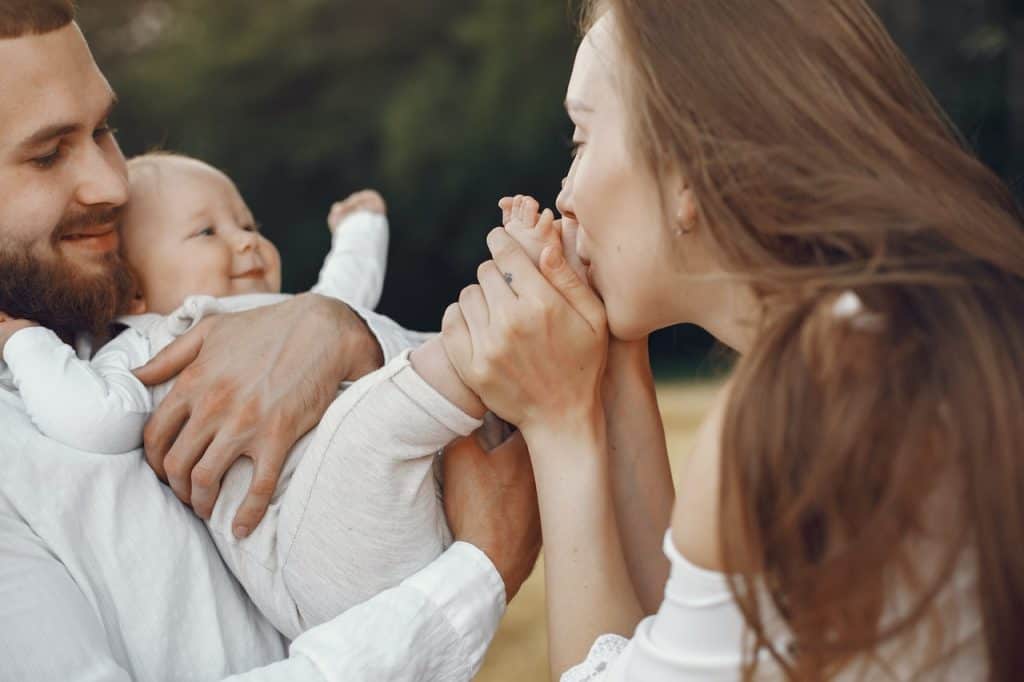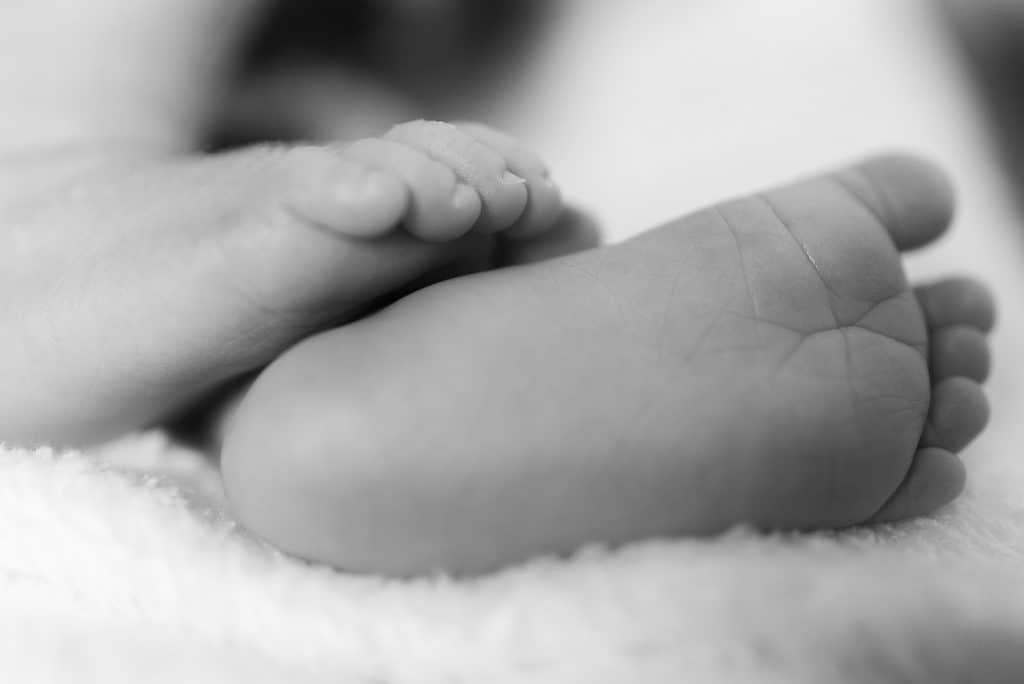Infants are very curious little human beings and are keen to explore everything in their surroundings, their own body parts being no exception. Infants are also fond of performing unconventional and sometimes odd gestures to communicate, using their arms, hands, and sometimes their feet too.
Rubbing feet together is one of the many ways infants learn about their lower limbs, along with other actions such as kicking and wiggling their toes. When infants rub their feet together, it also helps them gain strength and coordination that help them develop gross and fine motor skills.
Infants often develop mannerisms and actions that may not seem very logical to us, such as rubbing their feet together or closing and opening their hands repeatedly. Most of the time, they are nothing to worry about. This article will explain a few reasons as to why an infant may rub their feet together as well as what to do when they exhibit the behavior.
Reasons Why Infants Rub Their Feet Together
-
Body Part Exploration
Once infants find out that they have lower limbs, they will naturally want to do as much exploration with their new found discovery as possible. They will try to learn and experiment as much as they can about what their legs and feet can do.
This is why infants are known to do things with their feet that may seem odd to us, such as sucking on their toes and even just staring at and touching their feet.
One of the most simplest reasons as to why infants rub their feet together is just because they can. Essentially, they have discovered a new action that they are capable of performing and are now doing it for the simple fact that they can do so.
-
Sensory Seeking

Infants like to explore new textures and sensations on different parts of their body all the time. Because the hands and feet are the areas usually left uncovered by clothing, infants are more likely to use these parts of their bodies for sensory exploration.
They may find it interesting that rubbing their feet together provides tactile sensory input on both feet at the same time. They may also find the sensation to be enjoyable, thus motivating them to perform the action over and over again.
Infants may also try rubbing their feet and legs on different surfaces and textures, such as the sheets on their crib, their toys, and the floor or carpet during tummy time.
-
Motor Skill Development
Gross motor milestones such as walking and jumping require a certain amount of strength and coordination to execute. Infants build up to these more complex skills by first going through smaller and less complex skills that utilize the same body parts and muscle groups, such as kicking, crawling, pulling up, and cruising.
Infants will sometimes develop skills that are not as clearly laid out in developmental textbooks and milestone checklists. Some infants will skip milestones and others may add a few skills in between them. Most of the time, this is nothing to worry about.
Many typically developing infants skip milestones and use other skills to compensate for the skipped milestone. For example, some infants skip crawling and find other ways to move around such as rolling over, scooting on their bottom, or commando crawling on their stomach before going straight to walking with no negative consequences.
-
Part of Play Development
Play is the work of childhood, and it has been studies extensively by developmental psychologists and childhood experts. One of the theories in play development is that of Mildred Parten, wherein she describes 6 stages of play that children encounter within the first 6 years of life.
The first stage of Parten’s play development is that of unoccupied play, which is described as play that has no associated schema or organization. While it may not seem like much, this type of play provides important sensory, proprioceptive, and kinesthetic experiences that lay the foundation for later development.
Infants taking part in unoccupied play may explore materials around them without any apparent schema or organization. They move their limbs in a manner that does not seem to serve a defined purpose.
An infant rubbing their feet together may be an act under Parten’s stage of unoccupied play. Other activities that belong to the unoccupied play stage include splashing in the bath, flailing their limbs while lying supine, and pointing or smiling at a toy without engaging in further play.
-
Self-Soothing

Very young infants are not yet able to voluntarily control their movements are not yet able to make use of self-soothing strategies and thus require your help to emotionally regulate. Common soothing techniques that you may have already used include swaying or rocking, nursing, shushing, and swaddling.
By 6 months of age, however, nearly all infants will have acquired self-soothing behaviors and will rely less on you to facilitate their emotional regulation. These behaviors look different in each infant, but all serve the purpose of helping them regulate emotions independently.
Many infants employ sensory seeking strategies to self-sooth, such as sucking on their hand or a pacifier, listening to white noise, humming to feel vibration, touching their hair or stroking face, and rubbing their feet and hands together.
-
Communicating Discomfort
Infants cannot yet communicate in ways that us adults find conventional. They are limited to non-verbal signals like gestures and signs as well as other non-speech vocalizations such as crying and babbling.
An infant may rub their feet together to express feelings of discomfort or pain related to their legs. If the action is continually accompanied by other signs of discomfort such as crying or fussiness, you may want to check their feet and legs for other symptoms that can signal an underlying problem.
When foot rubbing accompanied by the following symptoms can be a cause for concern:
- Dry, scaly, or flaking skin
- Redness or swelling around the feet or ankles
- Wounds or scratches from excessive rubbing
- Reduced appetite or difficulty feeding
- Back arching or body stiffness
- Fever
- The behavior interferes with daily activities such as feeding, crawling, and sleeping
- Other signs of pain such as irritability, restlessness, moving away when you touch their legs, etc.
What To Do If An Infant Rubs Their Feet Together
Most of the time, an infant rubbing their feet together is not a problem or an issue that needs any intervention. They will eventually outgrow the behavior as learn bigger and more complex motor skills that require them to make use of their feet.
However, if the action is performed excessively or is accompanied by symptoms of pain or discomfort, it may be their way of telling you that something is wrong. For example, rubbing to the point of developing scratches or wounds on their legs or feet may be a sign of irritation due to eczema or an allergic reaction.